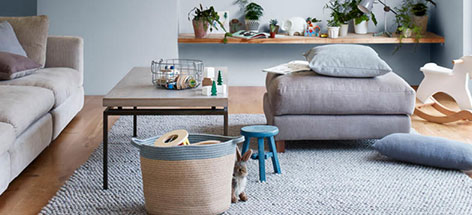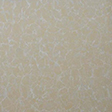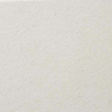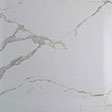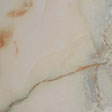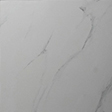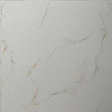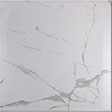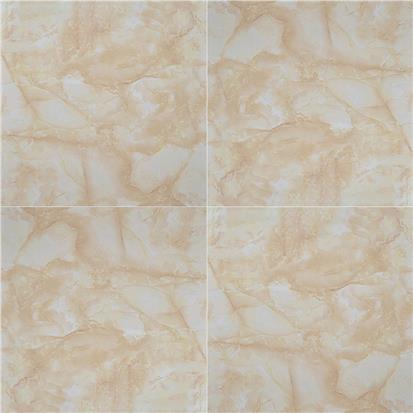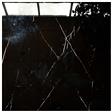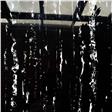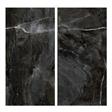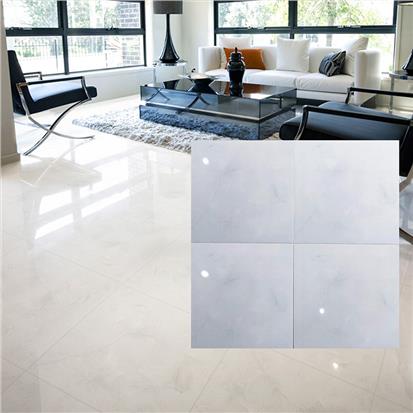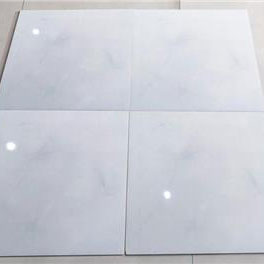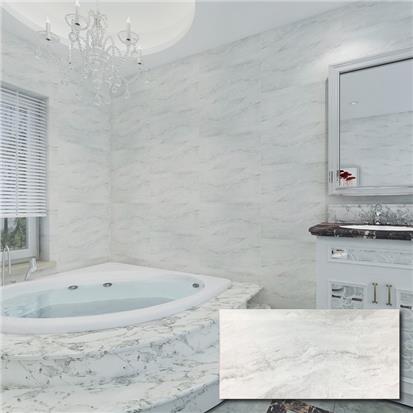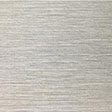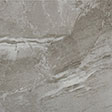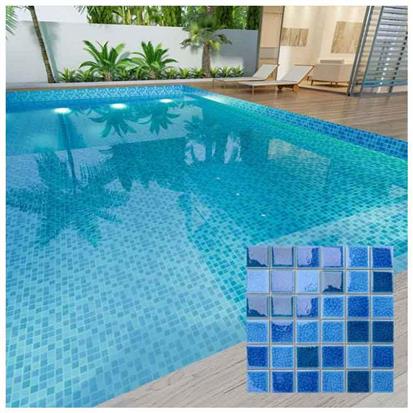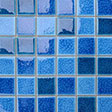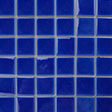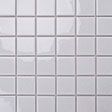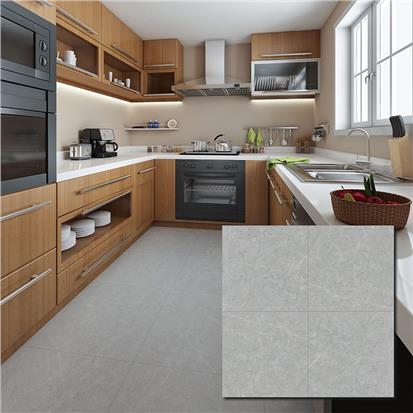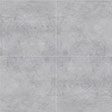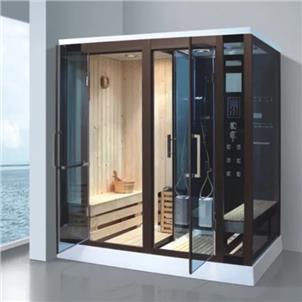Swimming pools must be properly maintained not only for aesthetic but also for sanitary reasons. The high alkalinity and the minerals dissolved in them form calcium deposits that give them a dirty appearance. Dirt, body oils and garbage combined with calcium deposits produce verdin and a film on the tiles. The more calcium you form, the harder it will be to get it out. Clean the tiles quickly with the appropriate solutions to restore the appearance of the pool so that the environment in which you swim is healthy.
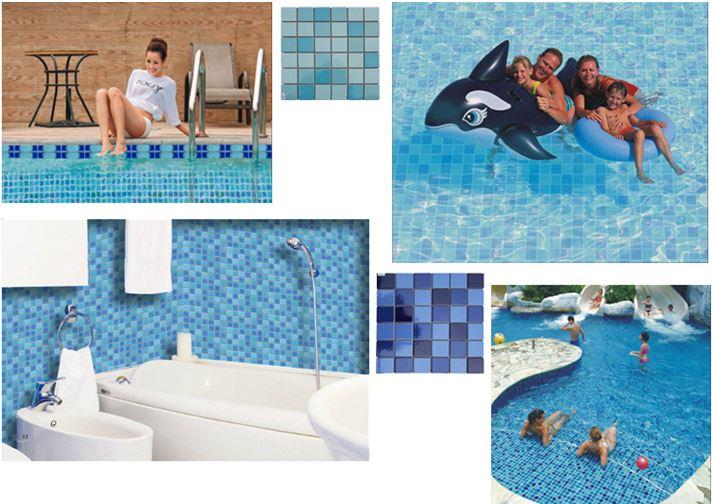
Remove Calcium Deposits From Pool Tiles
One of the common problems in any pool is the accumulation of scale, which may not be advantageous both for the health of its users and for the general appearance of the pool mosaic. This scale is especially due to the accumulation of calcium deposits, something that commonly occurs in swimming pools with high levels of this element in the liquid; Such a condition is known as hard water and can cause aversion and make the family or guests not want to dive into the pool to have a good time of conviviality and recreation.
Calcium spots, sometimes called tartar, occur around the top edge of a pool and look like rough gray or white deposits. They are usually caused by hard water or nearby seepage from the mortar of the swimming pool tiles. If you leave it there it can cause permanent stains on the tiles just like it will make the pool look ugly and dirty. Removing calcium deposits from the tiles will require some elbow fat.
Fortunately, it is possible to solve this problem with a series of tips that we will give you in this new blog post. Without further ado, let's get started!
4 Easy Steps To Get Rid Of Tartar And Calcium Deposits
To get started, experts in bathroom and pool decoration suggest the following list of products:
Muriatic acid or chlorine
Calcium carbonate
A bucket with a liter of water
Protective glasses
Rubber gloves
Sponge and brush
Step 1
The first thing they should do to eliminate tartar and calcium deposits is to drain the water from the pool. Once this is done, protective clothing should be placed to prevent the vapors emitted by the acid from entering your airways, as well as to prevent contact with the skin.
Step 2
Then they must mix in a bucket with a liter of water 4 liters of muriatic acid. This applies to swimming pools that have tiles or fiberglass floors. In case your pool is coated with vinyl, it is recommended to replace the muriatic acid with chlorine caps.
Step 3
Once the previous step is done, they must apply the solution to the mosaics with the help of a brush. Repeated scrubbing is recommended to remove the calcium silicate scale. Subsequently, they should be rinsed with the help of a hose until the residue is removed.
Step 4
Finally, it is recommended to add calcium carbonate to the acid solution that remains at the bottom of the pool, 1 kg of carbonate is recommended for every 4 liters of acid solution. This will neutralize the acid so it can be safely removed. Don't forget to pump the debris out before refilling the pool again.
We hope you liked this post. If you want to know more tips so that the mosaic of your pools is in optimal condition, do not hesitate to visit again this blog. Thank you for your visit!
 EN
EN FR
FR PT
PT AR
AR
